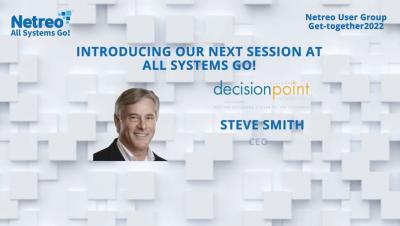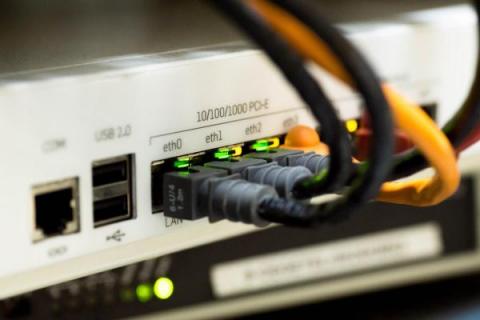Operations | Monitoring | ITSM | DevOps | Cloud
Netreo
Network Monitoring & eBPF
I’m not going to lie, I have a strong hatred towards the Berkeley Packet Filter (BPF). There are a lot of reasons mainly having to do with having to support BPF on a network monitoring tool. There’s also the challenge of writing BPF filters and the weird way they work. So when I first heard about eBPF, I was more than a little reluctant to be excited. As I dug in further, I became much more excited about the technology and the benefits it can bring. So, what is eBPF then?
Device Onboarding with Netreo's Auto Configuration
Wouldn’t it be great if there was some attribute you could query and set on a device? Then you could automagically configure that device based on that attribute that you just set for fully automated device onboarding! Welcome to Dynamic Device Attribute Pollers and Auto-Configuration Parameters! Rolls right off the tongue doesn’t it?
IT Tool Rationalization and You
If you ask the experts, they will tell you that companies have too many IT tools for monitoring their environments. Monitoring tools for network, infrastructure, application, wireless, endpoint, cloud, etc. proliferate all organizations. According to research by Gartner, more than a third of organizations surveyed have more than 30 monitoring tools. More than half of organizations surveyed have at least 11 tools. Sounds like a good argument for IT tool rationalization. But is this really the case?
AIOps is Dead! Long Live AIOps!
Artificial Intelligence (AI) is all the rage these days. Everywhere you look, companies are promising to solve your ills by applying AI to whatever problem you’re trying to solve. It doesn’t seem to matter what area you are in; medical, research, education, technology, software or anything else. Someone, somewhere is offering an AI-based tool that will solve all your problems.
Looking Beyond SNMP
In a previous blog post, we dove into the wayback machine and looked at Simple Network Management Protocol (SNMP) Traps – a technology that allows devices (including network devices) to send alerts when specific thresholds have been reached. In this post, we are going to be a bit more forward looking and discuss some technologies that will, in theory, replace SNMP. It is important to keep in mind that the demise of SNMP has been predicted for years (actually decades).
Netreo Product Update - July 2022
Hello Netreo Customers! In case you missed our Q1 survey invitation, I’m Netreo’s Vice President of Product Management. I joined Netreo for the opportunity to create great business solutions and customer experiences.
Fewer Alerts is Always Better, Right?
Let’s be honest, alert fatigue is a real thing and anyone telling you otherwise is flat out lying. If you have tools generating tens or thousands of daily alerts, eventually people will burn out and simply start ignoring alerts. Even if you have enough team members to divvy up alert reviews, the approach only works for a while. Trouble is, false positives are always generated when managing alerts, and people will eventually ignore false positives.
Cloud, Visibility, and Security
Three great things that do not always work great together. In the beginning there were large computer systems that few organizations could afford. Over time these systems became smaller and cheaper and many (if not most) organizations took advantage of them. Some just at the end-user level (i.e. the IBM PC on the desk), some only at the high-end level (i.e. a mainframe in the data center with terminals on desks), and some in a combination of both (anyone remember Reflection?).
What's With All the New Observability Tools?
Organizations struggle with getting the right visibility into their environments. Better visibility can improve performance, increase uptime (or decrease downtime, depending on your perspective) and ultimately improve customer satisfaction. Finding the right tool, however, can be a real challenge. Making matters even worse, vendors seem to be announcing new observability platforms every day.











